3 Days in Istanbul: Hagia Sophia
Istanbul, Turkey
I never gave much thought to visiting Turkey. I was aware of depth of history and architecture found there, but somehow it just didn’t resonate with me. What changed my mind? A fascination with archaeology and biblical history. My experiences over the course of 8 days changed my opinion.
Presented with an opportunity to visit and learn about the 7 cities mentioned in the opening chapters of the Book of Revelation, peaked my interest. I’ve always found that the lives of people who lived in biblical times and the impact of biblical history on modern times, to be fascinating.
Naturally, the trip began in fabulous city of Istanbul. The cities in the Book of Revelation – Ephesus, Smyrna, Pergamum, Thyatira, Sardis, Philadelphia and Laodicea - are either remote or not directly accessible by international air travel from the United States, so a stop in Istanbul along the way was a necessity. It also gave me an opportunity to become acclimatized to Turkey, to get a feel for the people, how easy it would be to move around and the food choices the country offers.
Historical Overview
My first day in Turkey began with a visit to the Hagia Sophia, which was visible from the window in my hotel room.
Emperor Constantine chose Byzantium, or Istanbul, as its now known, to be the site of the new imperial capital.Constantine chose the city due to its strategic location on the Bosphorus Straight, separating mainland Europe from Asia.
Construction on the original Hagia Sophia started soon after his death, although nothing of the original structure survives. Byzantine Emperor Justinian I ordered the domed Hagia Sophia that we see today, in the sixth. It’s considered the height of Byzantine architecture. This structure we see today is known for its pendentive dome and the resulting expanse of wall surface. The structure is composed of brick and mortar joint.
Interior Views
In 1935, the first Turkish President and founder of the Republic of Turkey, Mustafa Kemal Atatürk, transformed the building into a museum, with many of the original Byzantine mosaics and artifacts restored. Walking through the interior it’s easy to spot where the restoration work is still in progress.
Entering the Hagia Sophia, the chandelier grabs your attention. It’s the type of chandelier that you would expect to see in any mosque but also not out of place for an Orthodox Church.
I noticed that many visitors rushed pass the entrance hall, heading straight to the main hall. It’s quite a shame that people rush out, bypassing the inner narthex, missing the detail on the heavy doors and golden mosaic ceiling and Byzantine symbols.
While the structure itself is largely intact, many of the interior decorations were damaged or reconstructed by periods of iconoclasm and by the church's conversion into a mosque, following the fall of Constantinople to the Ottomans in 1453. Plastered over or destroyed in the conversion were many valuable mosaics depicting Jesus, and other biblical figures.
Looking Forward
For lovers of architecture and museums, Hagia Sophia doesn't disappoint. Seen on ever floor and chamber are Christian mosaics, some partially uncovered, and Muslim symbols. Hagia Sophia was the greatest church in Christendom for a thousand years and remains a visitor delight.
The scaffolding that was present during my visit made it difficult to get an expansive view of the central dome. This has left a longing to return, to see the interior in more of a pristine shape. Given the ongoing restoration work, and the desire to return the Hagia Sophia to its former role as a mosque, it may be years before I'll return.
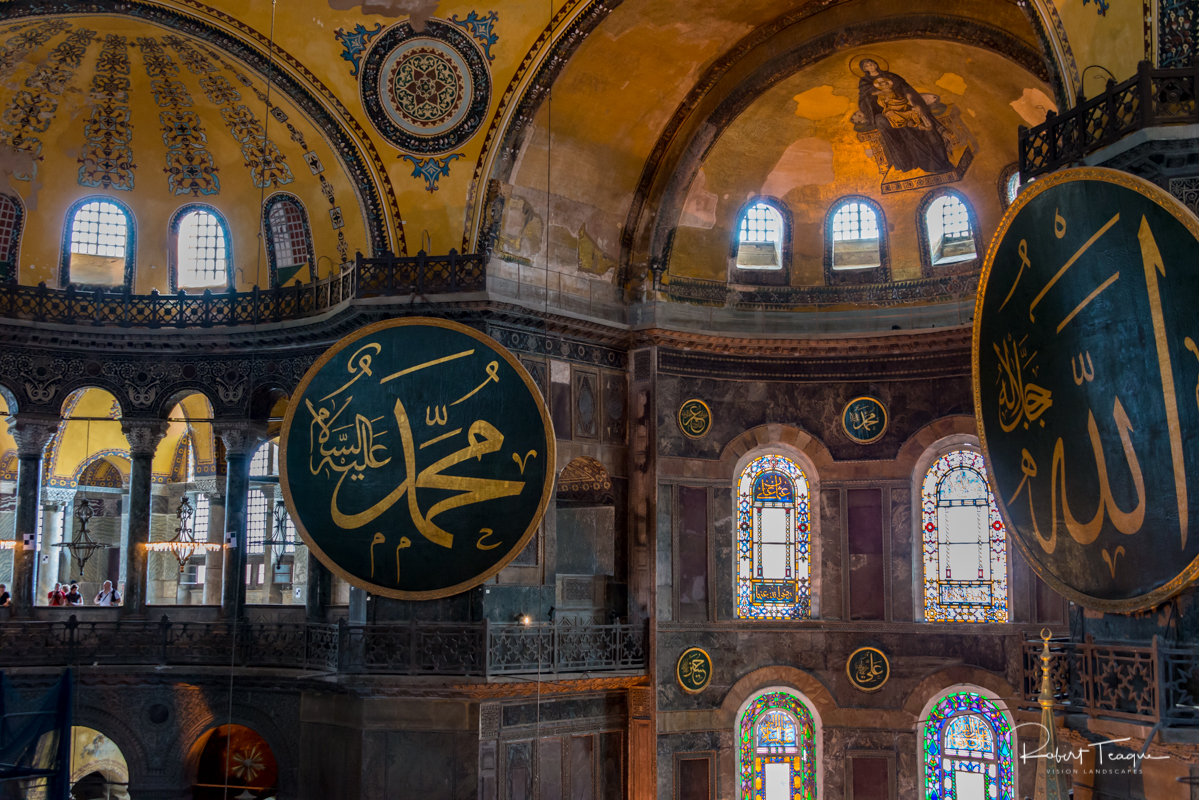
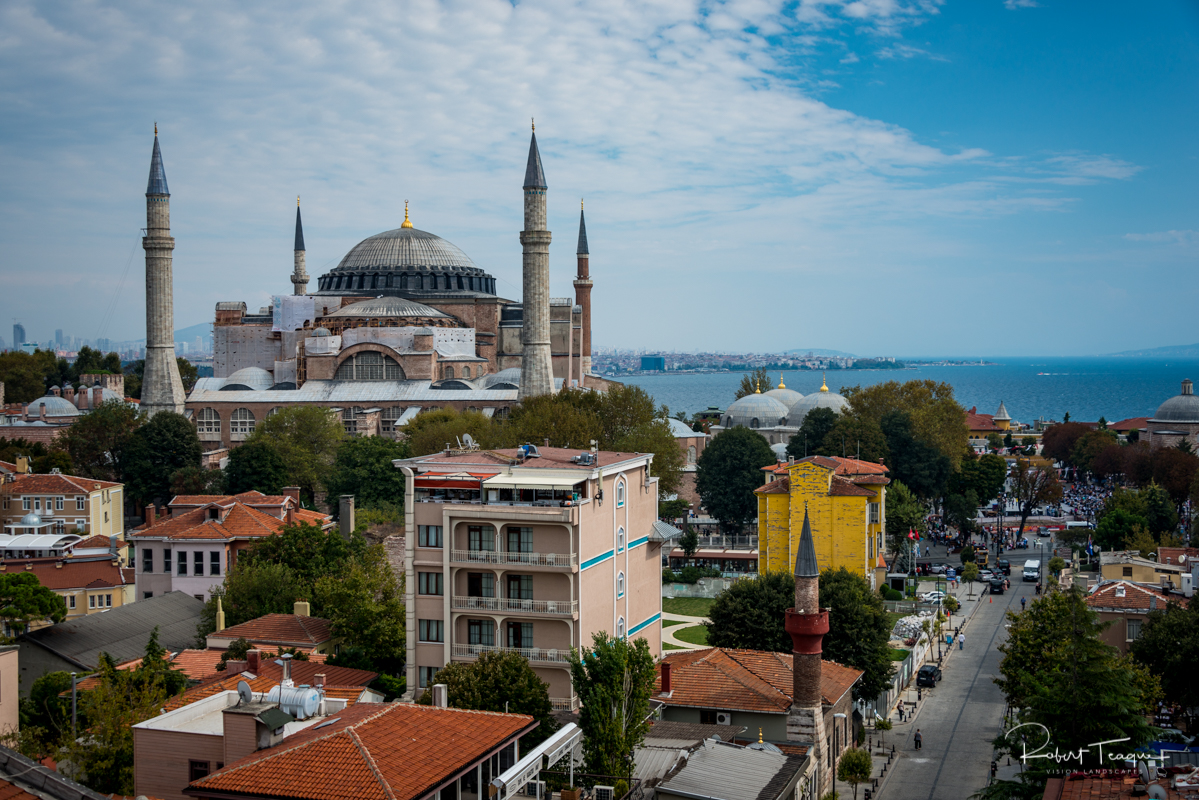
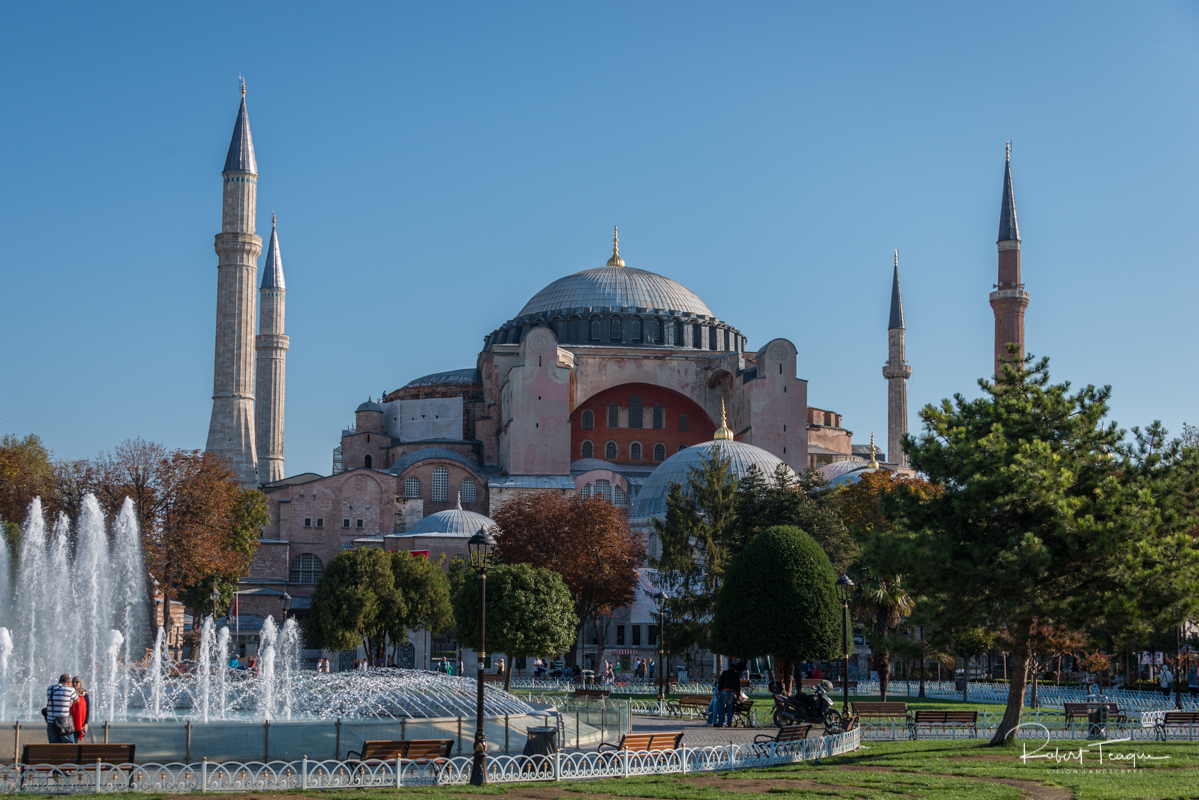
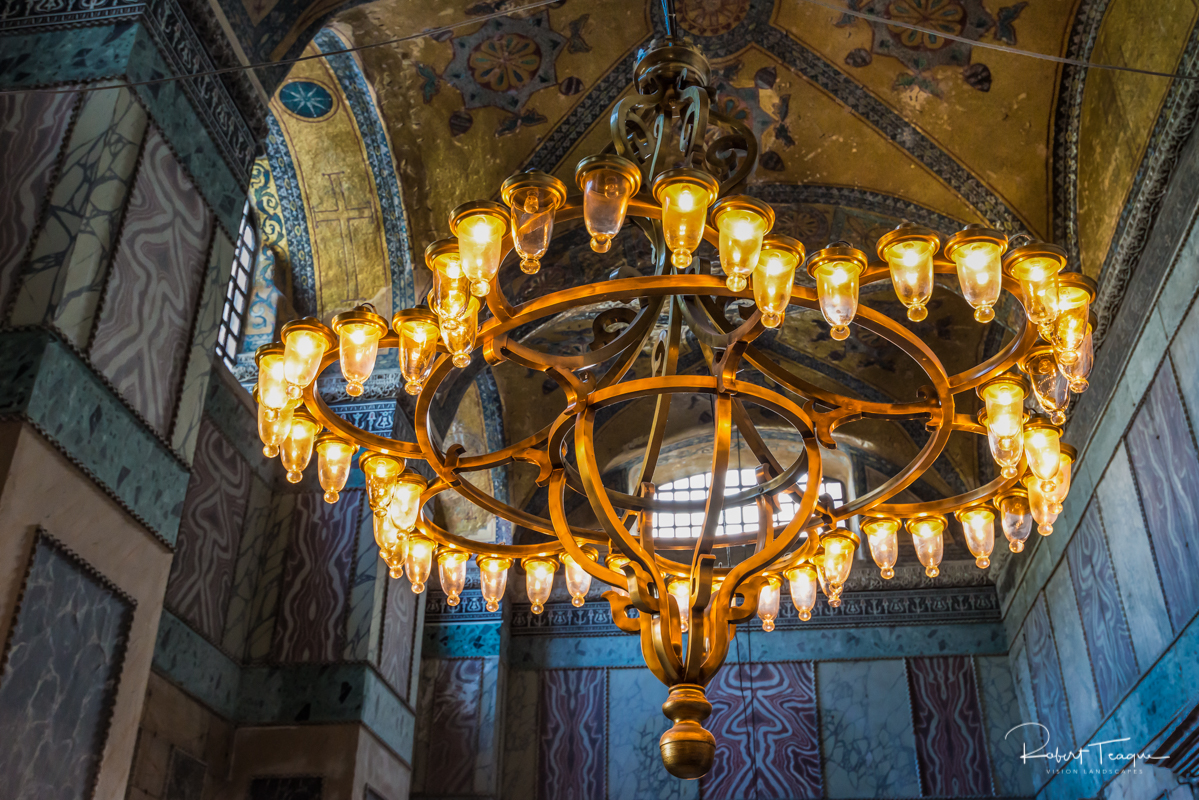
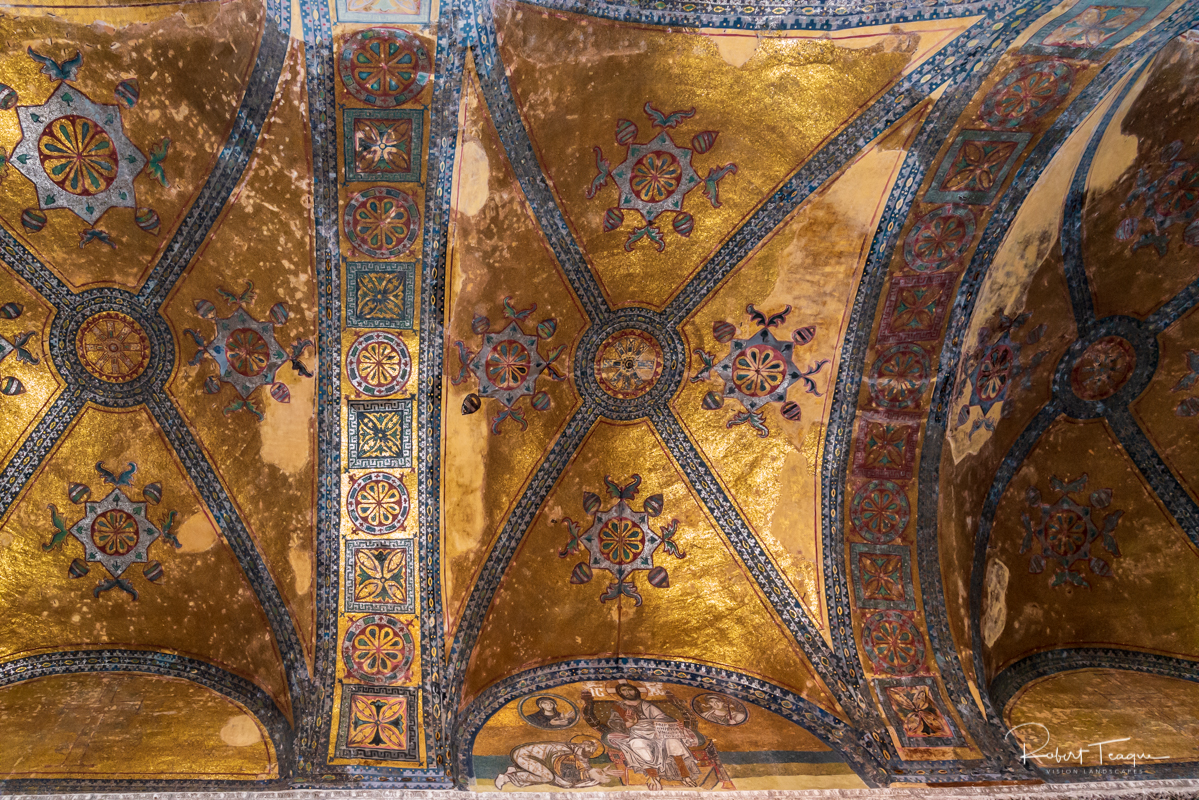
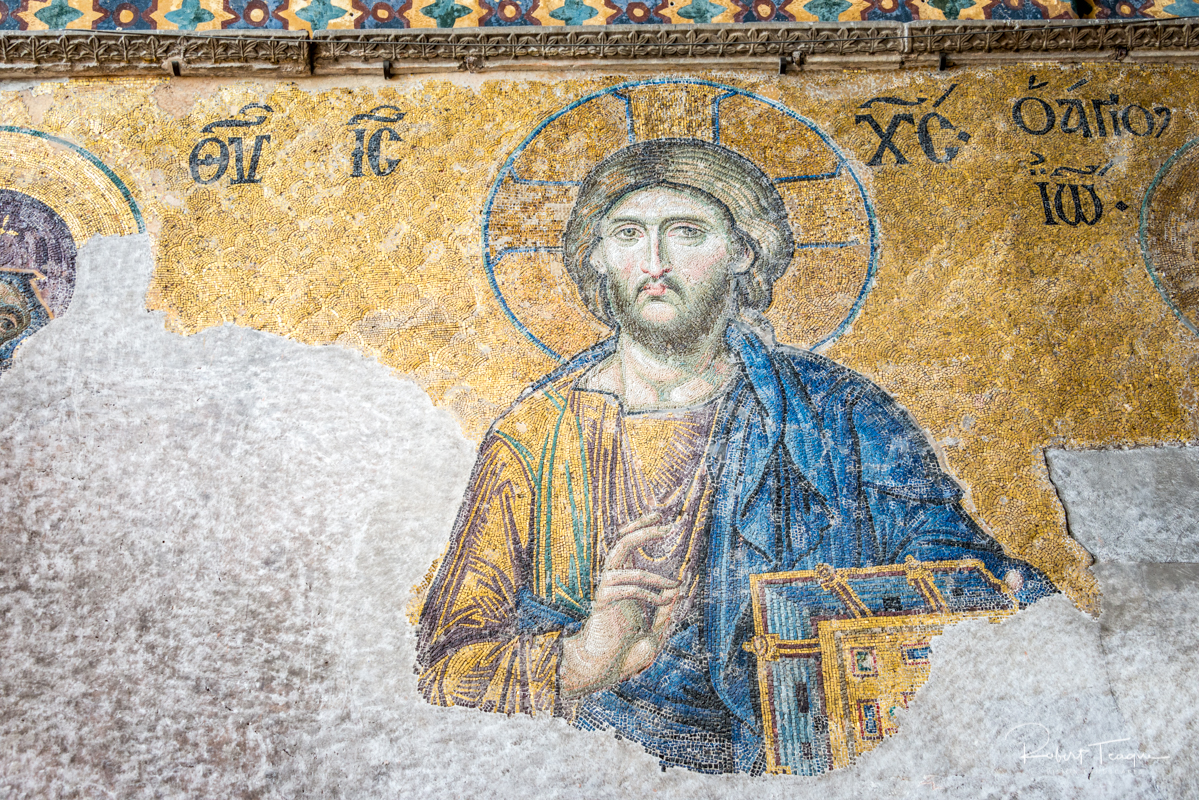
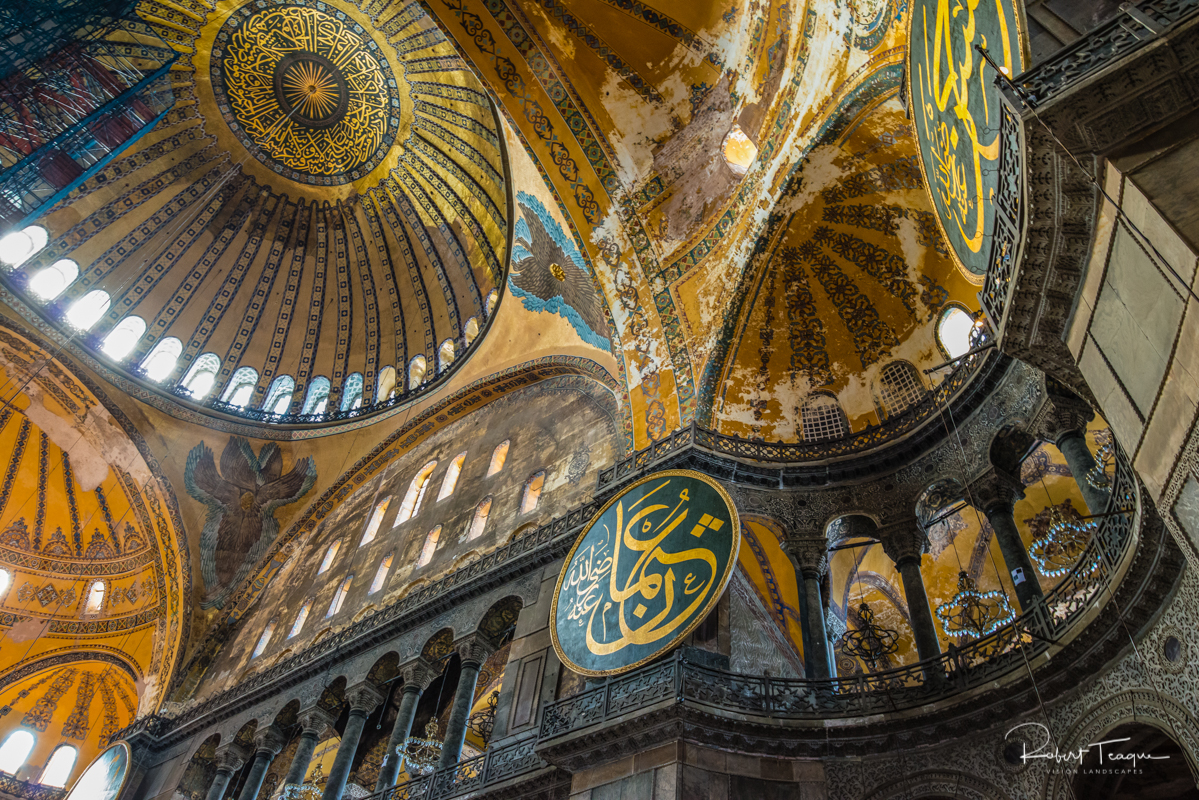
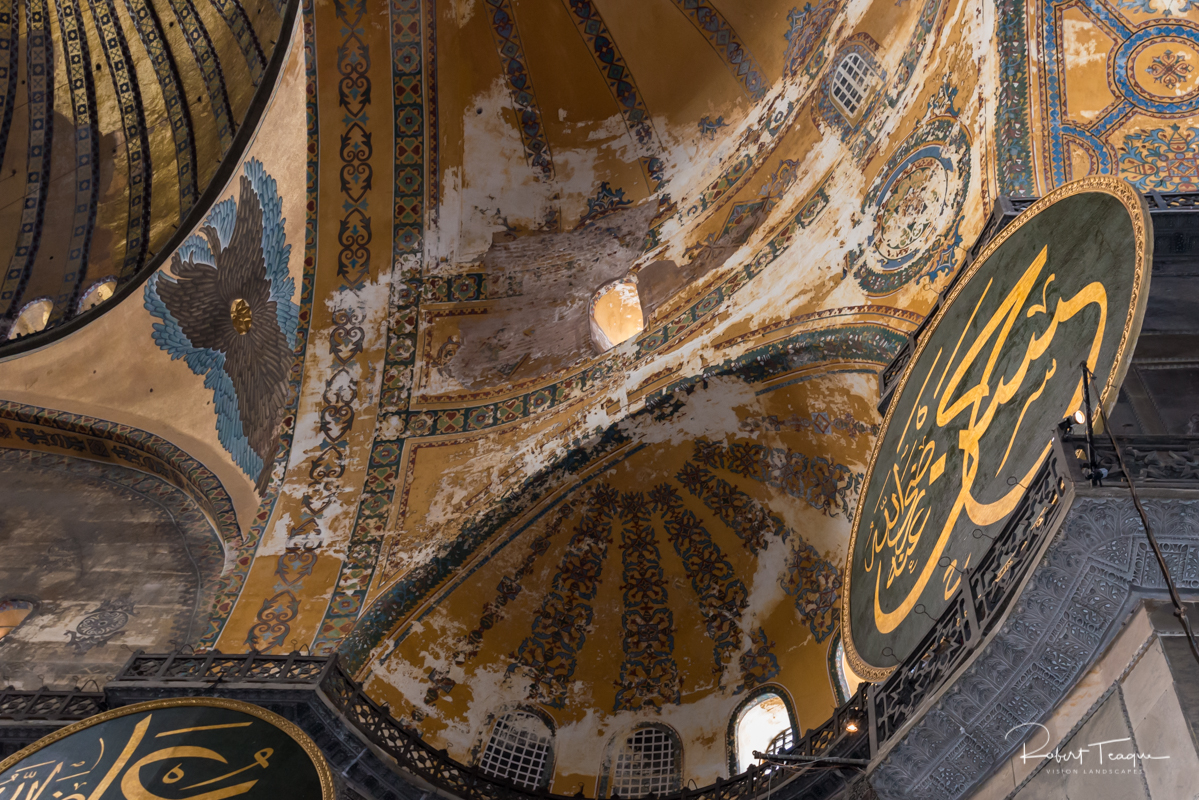

0 Comments on "3 Days in Istanbul: Hagia Sophia"